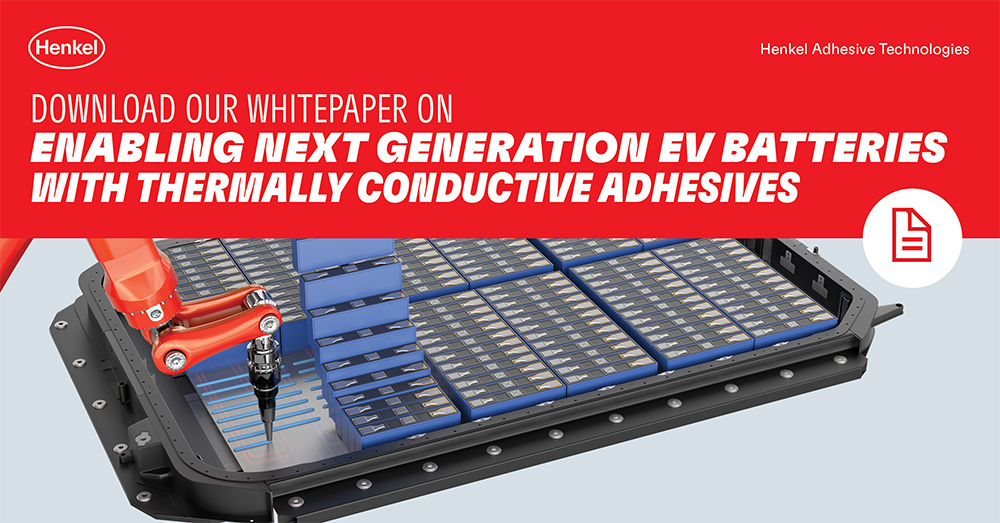
[ad_1]

Sponsored by Henkel.
With the fast development and adoption of electrical autos, OEMs and battery producers are turning to expertise to make EVs extra environment friendly and inexpensive. Engineers, searching for methods to optimize the battery and its elements for lengthy vary, security, and reliability, are turning to the “Cell-to-Pack” configuration for next-generation battery designs.
Most of at the moment’s EV battery packs are inbuilt a Cell-to-Module configuration the place teams of battery cells are housed in modules which are stacked and interconnected inside a case that gives structural assist and thermal administration. Within the new Cell-to-Pack configuration, modules are eradicated, and the battery is full of cells positioned straight on the cooling plate / metallic case. This configuration simplifies the meeting, enabling a discount in price, weight, and complexity. Nevertheless, it additionally brings a brand new set of necessities when it comes to meeting supplies.
On this paper, we discover developments in future electrical automobile (EV) battery design with a give attention to the cell-to-pack configuration and the way Thermally Conductive Adhesives (TCAs) play an necessary multi-function position in enabling optimum battery operation. Furthermore, we focus on the ecosystem of applied sciences across the improvement of TCA supplies, equivalent to thermal, mechanical and rheology, traits, efficiency modeling and simulation, materials utility applied sciences and the significance of addressing end-of-life (EOL) problems with EV batteries by constructing a sustainable round economic system for restoration, reuse, and repurposing of uncooked supplies.
Study extra about Henkel’s E-Mobility options: www.henkel-adhesives.com/emobility
[ad_2]